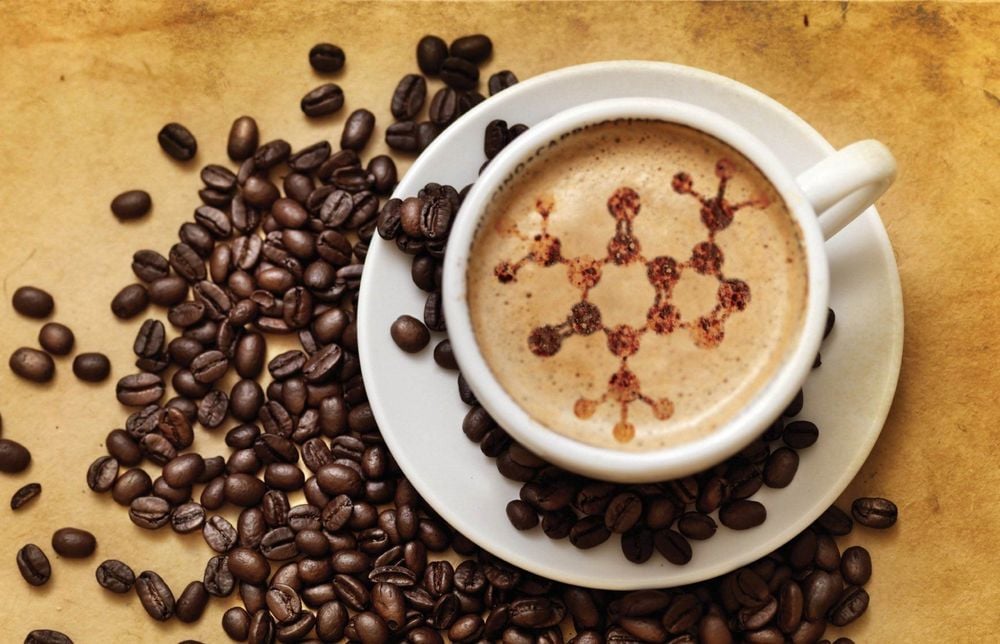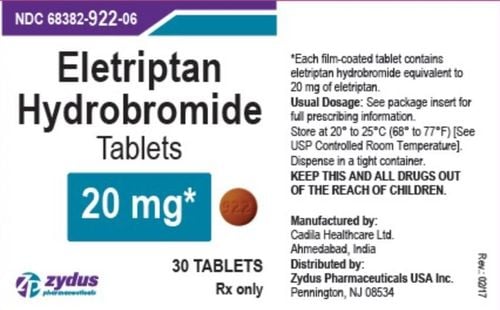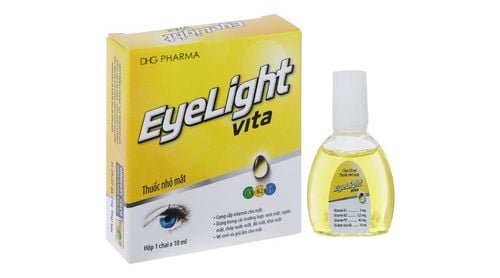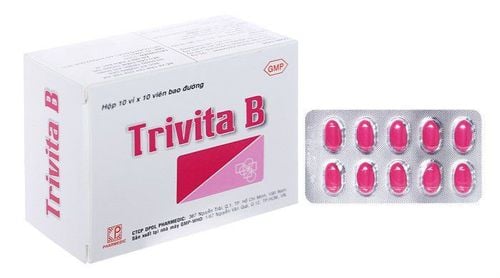This is an automatically translated article.
Migraines often cause severe headaches, often on one side of the head and are accompanied by symptoms of nausea, sensitivity to light. One of the ways to prevent headaches and migraines is to adjust your diet.
1. The Link Between Food and Headaches, Migraines
Most of us have experienced headaches or migraines at some point. In fact, up to 75% of people between the ages of 18 and 65 report having headaches over the course of a year. More than 30% of adults also experience migraines.
Migraines are completely different from regular headaches. The cause is migraine headaches are more intense pain and are accompanied by many other symptoms. A migraine is a severe headache that usually comes from one side of the head and is accompanied by symptoms such as nausea and vomiting, sensitivity to light and noise. This is due to temporary changes in neurotransmitters in the brain. Migraines cause inflammatory changes in nerve cells, causing pain.
Some migraine triggers are alcohol, weather changes, sleeping habits, certain medications... Before a migraine, some people see flashes of light or feel a tingling sensation. in the limbs. Others show symptoms of appetite, irritability, and depression first. Migraine headaches can last from a few hours to a few days. Women are also three times more likely to have migraines than men.

Lạm dụng rượu bia là một trong những tác nhân gây ra chứng đau nửa đầu
2. Good food for people with headaches and migraines
Studies indicate that vitamin B2, riboflavin can help reduce the frequency of migraines. Vitamin B2 can be found in animal products such as salmon and red meat. They are also present in cereals and mushrooms. The keto diet, or a high-fat, low-carbohydrate and protein-rich diet, can reduce pain and prevent some neurological disorders. You can also get rid of migraine symptoms such as nausea, dizziness, etc. by drinking water or electrolyte drinks. Eating crackers or other foods with less scent is also helpful in reducing headaches. If headaches and migraines persist, you can talk to your doctor about a prescription to reduce the intensity or frequency of your migraines. At the same time, your doctor may order a CT scan, blood test, or spinal tap to accurately diagnose the condition.

Tiến hành chẩn đoán hình ảnh nếu tình trạng đau nửa đầu kéo dài
3. Foods to stay away from
Foods that trigger headaches and migraines are different for each person. The best way to figure out which foods are triggering your migraines is to remember what you've put into your system. Just because you've eaten certain foods right before a migraine attack doesn't mean they're the cause.
However, some of the following foods have been shown to trigger migraines in most people such as:
Chocolate Monosodium glutamate is a commonly used condiment in Asia, which enhances flavor and aroma. delicious taste to the dish. Many studies have shown that MSG contributes to migraine headaches. Canned or processed meat and fish Cheese and dairy products contain high amounts of tyramine, which has been linked to migraine headaches. Nuts Wine and vinegar Soy products (miso, tempê, soy sauce) Olives Caffeine

Cần tránh xa caffeine nếu bạn khuông muốn bị đau đầu
Caffeine is a very versatile substance. It can be one of the causes of migraine headaches. However, caffeine is also one of the ingredients in headache relievers because it works to help the body absorb the drug better.
Certain fruits and juices can trigger migraines: citrus, dried berries, raspberries, red plums, papayas, figs, dates and avocados.
You also need to avoid certain vegetables like onions, some beans and sauerkraut.
The general rule in choosing foods that are good for people with headaches and migraines is fresh, natural foods, rather than processed foods. Additionally, thirst and hunger can trigger migraines. So, drink enough water and time your meals not too far apart.
Reference source: healthline.com; webmd.com













